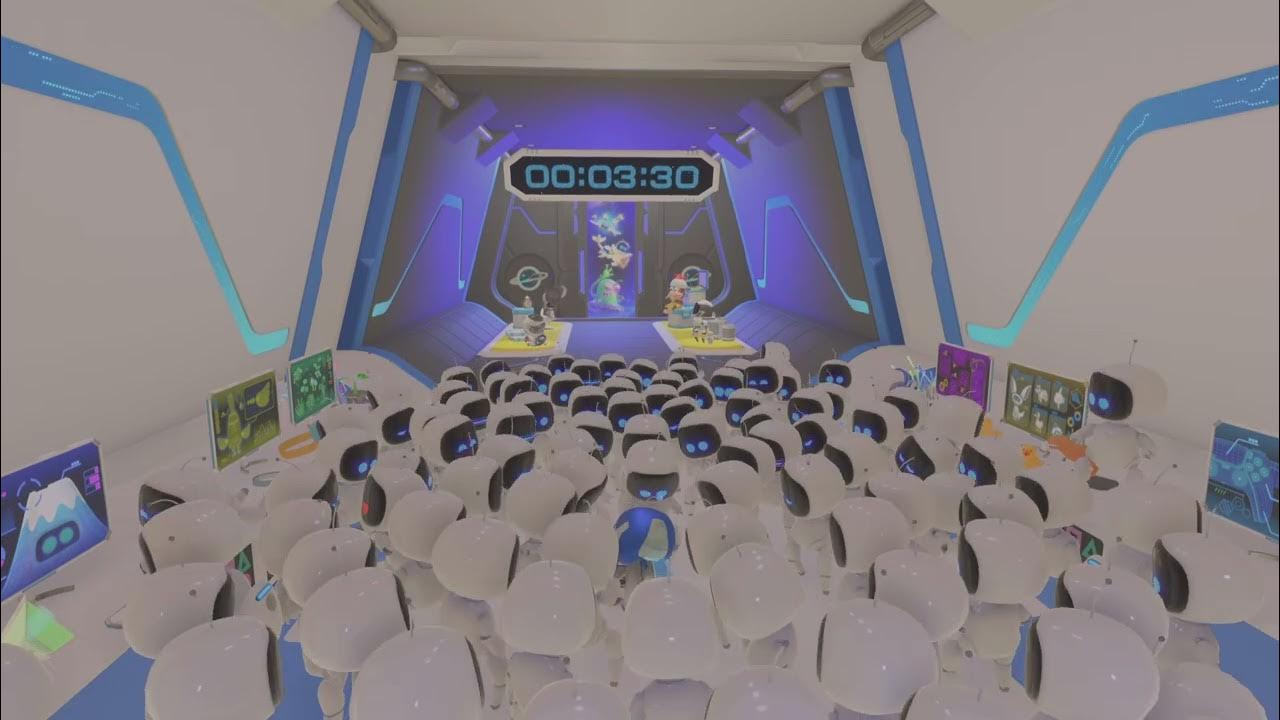

Sure, but electrolysis is only around 30% efficient — so you need 3 units of energy to produce the hydrogen to drive a vehicle x distance, whereas a BEV would only need one unit to travel the same distance.
That is, you can use the electricity generated from that nuclear power plant to drive three times the distance with a fleet of BEVs than you’ll get out of a fleet of hydrogen powered vehicles.









That’s quite a straw man argument he’s setup there.
My main problem with this argument is that he’s misdefined “centrism”, and then decided to beat up on the wrong definition. I think we can all agree that his definition of “centrism” would be pretty weak and unpopular politically.
But what he’s defined here isn’t centrism. Steve’s definition here is that the centrist looks at a single policy, looks at how the left views it, looks at how the right views it, and then tries to craft some in between policy for each and every policy on the map.
Now that can happen with every party on certain policies — but more typically centrism picks some policies from the left, and some policies from the right. It’s led less by ideology than by science and a notion of “what’s best” — and sometimes what’s best is a leftist policy, and sometimes it’s a rightist policy.
And it’s not hard to see that this is true with the Trudeau Liberal Government. Marijuana legalization is very much a leftist policy. The National Child Care Plan is 100% a leftist policy. So is gun control. And on the flip side, Carbon Pricing was a 100% rightist policy, as it’s a minimalist market solution to the problem of climate change (one which people need to remember was originally proposed by right-wing think tanks. The leftist policy would have been heavy legislation against industry directly). Modifying the Safe Third Country Agreement also followed the Right’s playbook. As was joining the Comprehensive and Progressive Agreement for Trans Pacific Partnership.
If you want to boil the three ideologies down to their cores, at the extreme right we have a purely free market system with minimalist government and few social services. At the extreme left side you have a system that heavily regulates and controls markets, but with strong social support systems and larger government bureaucracies. True centrism is effectively the notion that the free market is best in some situations, but government is better in others. For example, that the free market is best for making and selling smart phones (rightist), but government is better at providing health care (leftist).
That is centrism — and it’s not difficult to look at the bulk of Liberal Party of Canada policies and see that this is the general pattern they follow. Not some simplistic “let’s look at what the left wants and what the right wants on a specific policy and craft something down the middle”. Centrists pick some rightist policies, and some leftist policies. That is what makes them centrists.